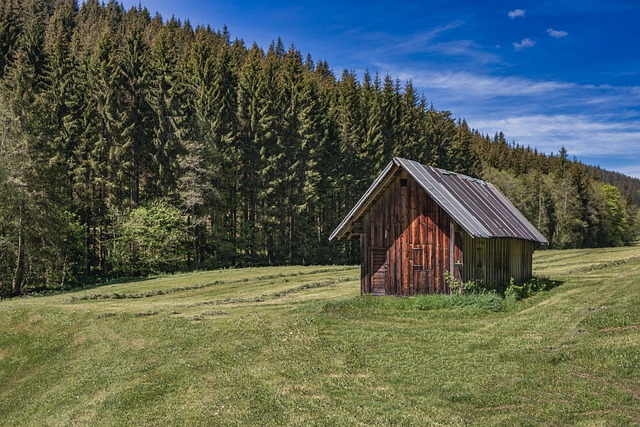
Overview of the Chapter
The chapter "Poetry: The Shed" is part of the CBSE English curriculum for Grade 7. It explores themes of curiosity, fear, and courage through a poem that describes a mysterious shed in the narrator's garden. The poem captures the child's imagination and hesitation about exploring the unknown.
The Shed: A small, often neglected structure in the garden that becomes a source of intrigue and fear for the narrator.
Summary of the Poem
The poem "The Shed" describes a dilapidated shed at the bottom of the narrator's garden. The shed has a rusty lock, and its door creaks when the wind blows. The narrator's brother warns him that a ghost lives inside the shed, which frightens the child. Despite this fear, the narrator feels a growing curiosity to peek inside the shed one day.
Key Themes
- Fear and Courage: The poem highlights the internal conflict between fear and the desire to overcome it.
- Childhood Imagination: The shed becomes a symbol of mystery and adventure in the child's mind.
- Family Influence: The brother's warning adds to the narrator's hesitation, showing how family shapes perceptions.
Literary Devices
- Imagery: Vivid descriptions of the shed create a clear mental picture.
- Personification: The wind is described as making the door creak, adding to the eerie atmosphere.
- Symbolism: The shed represents the unknown and the courage needed to face it.
Important Questions
- What does the shed symbolize in the poem?
- How does the narrator's brother influence his feelings about the shed?
- Why does the narrator want to look inside the shed despite his fear?
